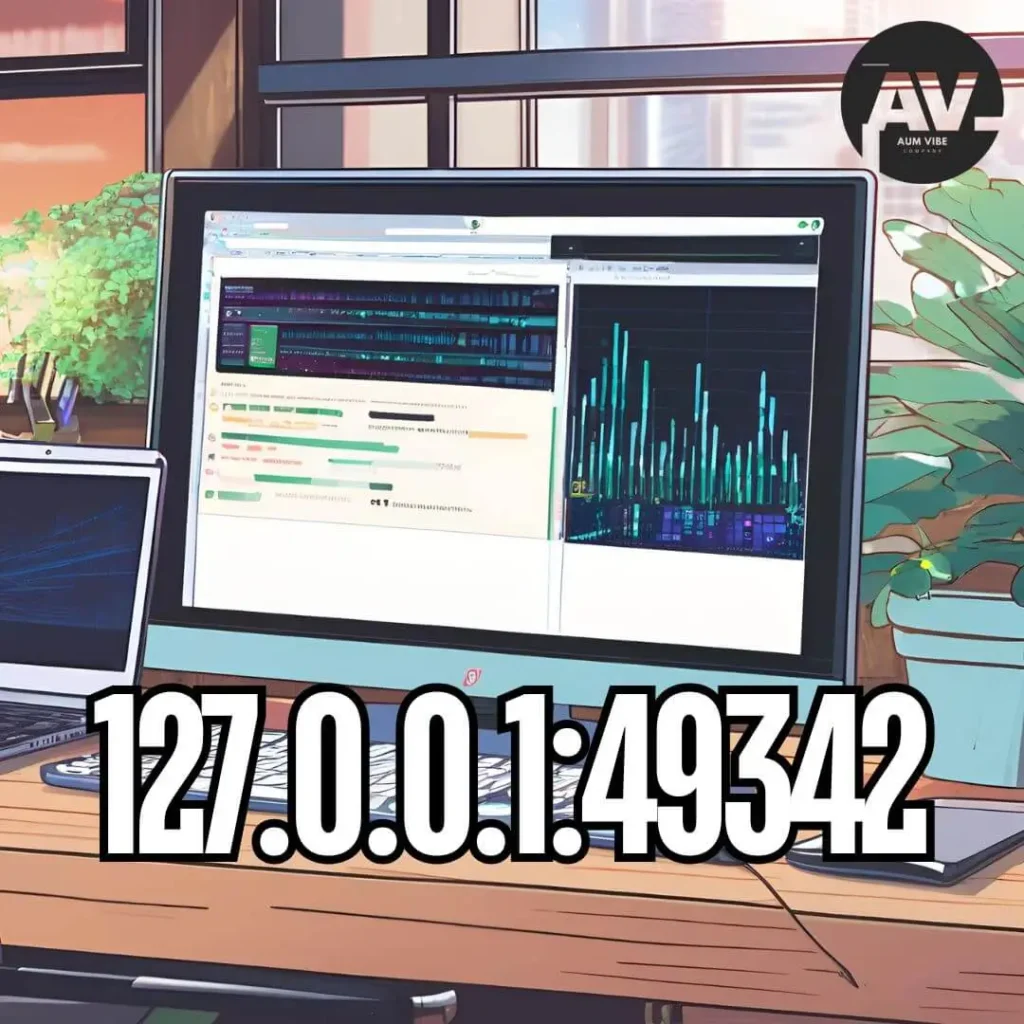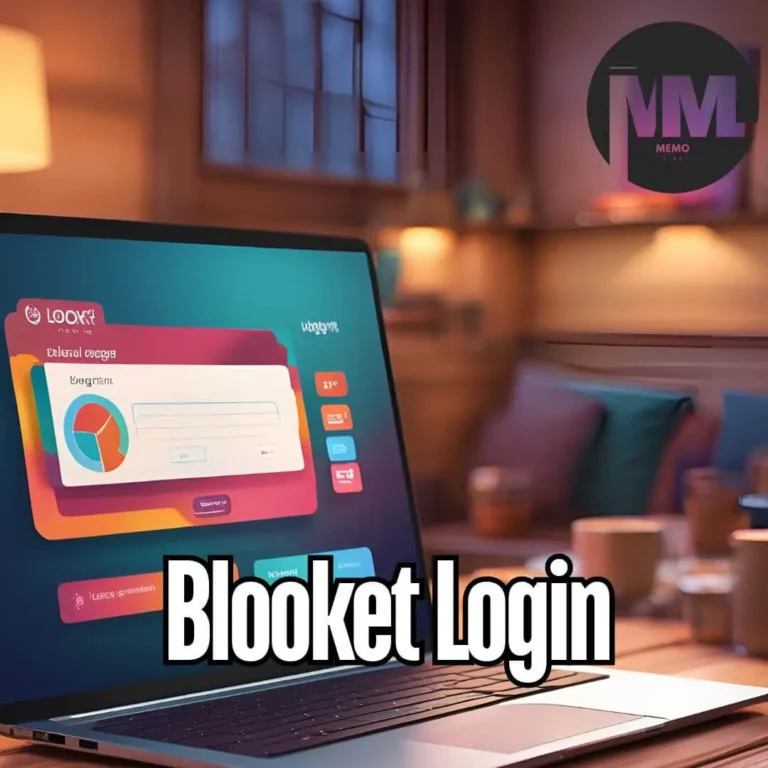
127.0.0.1:49342
What is 127.0.0.1:49342? In today’s digital landscape, understanding networking fundamentals is essential for everyone from beginners to advanced developers. One crucial concept is the localhost address, such as 127.0.0.1:49342, which plays a significant role in internal communications on a device. But what exactly is 127.0.0.1:49342?
127.0.0.1:49342 refers to a local IP address and port number used in networking to test applications on a developer’s own device, ensuring a secure, isolated environment for development and troubleshooting before going live.
This guide will help demystify 127.0.0.1:49342, exploring its functions, uses, benefits, and potential issues, providing a strong foundation for its applications in various development and testing environments.
What is 127.0.0.1:49342?
At first glance, 127.0.0.1:49342 might seem like a random string of numbers. However, it actually represents a combination of an IP address (127.0.0.1) and a port number (49342), each with specific functions:
- 127.0.0.1 is known as the localhost or loopback address, which routes traffic back to your own computer, allowing internal communication.
- 49342 is a port number that designates a unique point of access for services within the localhost.
This address is essential for developers to test, troubleshoot, and run applications without needing an external connection.
Understanding the Loopback Address 127.0.0.1
The 127.0.0.1 address is designated as the loopback address, a specialized IP address that restricts traffic to the originating device. Essentially, any data sent to 127.0.0.1 never leaves the computer; it circulates within the system, which is useful for:
- Testing applications without impacting live environments.
- Running simulations within a controlled, isolated environment.
- Debugging networked applications locally, without requiring internet connectivity.
Exploring the Function of Ports in Networking
In conjunction with IP addresses, ports are unique identifiers for services within a device. For instance, the 49342 port in 127.0.0.1:49342 is one of thousands of available ports through which an application can listen for incoming data or connect to other services. Ports enable multiple services to operate on a single device while remaining separate from each other, making it possible to:
- Run a web server locally (e.g., on 127.0.0.1:80 for HTTP) while simultaneously running a development tool on a different port, like 127.0.0.1:49342.
Practical Applications of 127.0.0.1:49342
127.0.0.1:49342 is commonly used for testing and development, where developers can:
- Test Web Servers and Applications: Developers use localhost addresses to host services and test them without internet exposure, ensuring functionality before deployment.
- Isolate Development Environments: Running services on localhost allows developers to focus on debugging and refining code without external interference.
- Simulate Real-World Conditions: Developers can replicate network scenarios by configuring localhost services, testing features like request handling, response times, and more.
Benefits of Using 127.0.0.1 and Port 49342
Utilizing 127.0.0.1:49342 offers several key advantages:
- Security: Testing locally mitigates exposure to the internet, lowering the risk of external attacks.
- Speed: Local connections avoid internet delays, allowing faster response times.
- Controlled Testing Environment: Localhost provides a risk-free setting for experimentation.
| Benefit | Description |
| Security | Reduces risk of data breaches by keeping testing within the device |
| Speed | Faster response times due to absence of network latency |
| Controlled Testing | Allows safe testing of new code and configurations without live environment risk |
Common Misconceptions about 127.0.0.1 and Localhost Ports
Some common misunderstandings regarding localhost addresses include:
- Access Restrictions: 127.0.0.1 cannot be accessed from the internet; it is strictly local.
- Port Specificity: Different ports like 49342 do not indicate different addresses but instead represent channels for distinct services on the same IP.
Setting Up Localhost Services on 127.0.0.1:49342
To set up localhost for development:
- Configure Network Settings: Adjust configurations in settings or command-line tools (e.g., in Apache or Node.js) to listen on 127.0.0.1:49342.
- Start Services: Launch the service to listen on this address and port, enabling access locally.
Troubleshooting Common Issues with Port 49342
When working with 127.0.0.1:49342, you may encounter various issues. Here’s how to resolve them:
- Service Availability: Ensure the service is actively running and bound to the correct port.
- Firewall Interference: Configure firewall rules to permit localhost connections on port 49342.
- Resource Conflicts: Check if another application is using 49342; if so, select an alternative port or stop the conflicting service.
Common Troubleshooting Steps
| Issue | Solution |
| Service not running | Restart the service and verify it is correctly bound to port 49342 |
| Port conflicts | Use tools like netstat or tcpview to identify conflicting services |
| Firewall blocking | Adjust firewall settings to permit localhost traffic on port 49342 |
Virtualization, Cloud Computing, and 127.0.0.1
In virtualization and cloud computing, 127.0.0.1 and specific ports like 49342 are instrumental for setting up isolated instances, particularly with tools like Docker or virtual machines. These environments allow developers to:
- Simulate Network Configurations: Testing communication within virtualized setups.
- Establish Secure Local Communication: Protect data transfers by restricting access to localhost.
127.0.0.1:49342 is also significant in Internet of Things (IoT) development, where devices use localhost for testing local services before deployment.
The Importance of Localhost for Web Application Testing
In web development, localhost (127.0.0.1) is invaluable for testing web applications before deploying them live. By simulating a server environment on the developer’s computer, testing becomes secure and isolated from external networks.
Developers often designate a port like 49342 to handle specific testing processes, allowing them to assess the functionality and behavior of applications locally. This process is essential for identifying bugs and issues without the risks associated with a live environment.
Commonly Used Ports for Local Development and Their Functions
When working with localhost (127.0.0.1), understanding the use of different ports is key. Ports like 80, 443, and even custom ones like 49342 serve various purposes:
- Port 80: Used for HTTP traffic and common for web servers.
- Port 443: Handles HTTPS traffic and secure data transmission.
- Custom Ports (e.g., 49342): Custom ports are often used for specific development tasks, debugging, or testing services.
Each port ensures that different services or applications can operate simultaneously without conflicts.

Configuring Localhost in Virtualized Environments
In virtualized setups like virtual machines or Docker containers, localhost addresses like 127.0.0.1 take on a layered complexity. Developers configure ports to connect the virtual environment with the host system seamlessly.
Custom port settings such as 49342 make it easy to access applications running within these containers, allowing developers to manage testing environments efficiently and securely.
Firewalls and Security for Local Ports
Firewalls are critical for controlling access to localhost ports, including custom ones like 49342. Developers configure firewall rules to restrict traffic, allowing only specific applications or services to access the designated port.
This approach minimizes potential vulnerabilities by limiting port exposure, making it essential for applications that handle sensitive or critical data.
Real-World Applications of Localhost and Custom Ports
Localhost and custom ports like 127.0.0.1:49342 have numerous real-world applications beyond development. From simulating server loads to testing software updates, they help in creating a controlled environment.
By using this setup, developers, network engineers, and IT teams can simulate scenarios that closely mimic real-world interactions, ensuring performance under various conditions.
Best Practices for Managing Ports in Local Development
To streamline local development with 127.0.0.1 and custom ports, it’s essential to adopt a few best practices:
- Assign unique ports for each service to avoid conflicts.
- Document port usage for easy reference by team members.
- Close unused ports to enhance security.
By following these practices, developers maintain organized, efficient, and secure localhost environments.
Exploring the Role of Localhost in API Testing
API testing is another common use of 127.0.0.1 and ports like 49342. Developers simulate real-world API calls locally to validate the functionality of backend services.
Testing locally enables them to catch errors early in development, ensuring that APIs respond as expected before deployment. This process enhances API reliability and performance, minimizing errors during production.
Benefits of Using Localhost for IoT Device Testing
For IoT development, localhost and custom ports such as 49342 provide a secure testing environment for device communication. Developers connect IoT devices to applications locally to test their behavior, data transmission, and inter-device interactions without exposing these connections to external networks. Testing in a closed environment safeguards device data, ensuring safe integration into larger IoT ecosystems.
Frequently Asked Questions FAQs about 127.0.0.1:49342
1. What exactly does 127.0.0.1:49342 mean?
127.0.0.1:49342 refers to a localhost IP address and port, allowing an application on your device to communicate internally.
2. Can 127.0.0.1:49342 be accessed remotely?
No, 127.0.0.1 is local-only and cannot be accessed from other devices or over the internet.
3. Is localhost safe?
Yes, localhost is safe, as it restricts access to your own device. However, services running on 127.0.0.1 can still pose risks if misconfigured.
4. Why use port 49342 instead of another port?
Port 49342 is simply a chosen port; you can use other ports if 49342 is occupied, provided you configure the service to listen on the alternative port.
5. How do I check if port 49342 is available?
Use tools like netstat or tcpview to see if any service is currently using port 49342.
6. What are the security risks of using 127.0.0.1:49342?
While generally secure, services on 127.0.0.1 may be at risk if misconfigured or if malware targets open local services.
7. How do I change the port from 49342 to another port?
Adjust the configuration files or settings of the service to specify a new port.
8. Can multiple applications use port 49342 on 127.0.0.1?
No, only one application can use a specific port at a time. Conflicts require reassigning one of the applications to a different port.
9. How do I optimize localhost performance on port 49342?
Update software regularly, monitor system resources, and utilize logging for troubleshooting.
10. Can I use 127.0.0.1 for web development testing?
Absolutely, 127.0.0.1 is commonly used in web development to host and test applications locally before going live.
You may also like: Rena Monrovia
Conclusion
Understanding 127.0.0.1:49342 and its application in network and software development is essential for developers, system administrators, and IT professionals. The combination of localhost and designated ports creates a safe, efficient way to test, troubleshoot, and run services without exposing them to the broader internet.
By leveraging this knowledge, developers can enhance application security, performance, and reliability, ensuring smooth transitions from local testing to real-world deployment.





